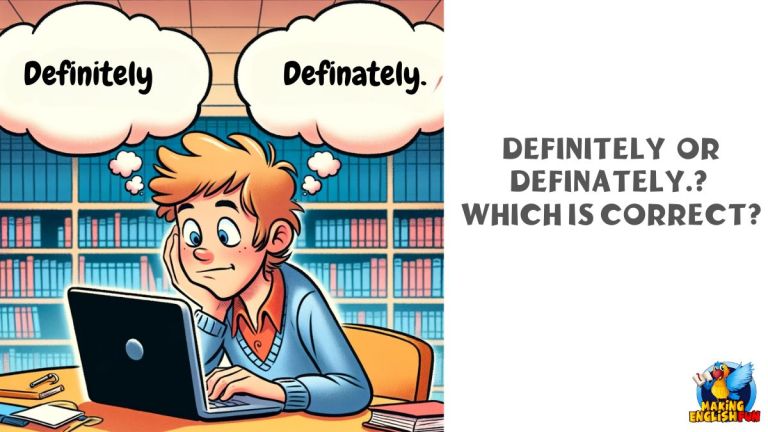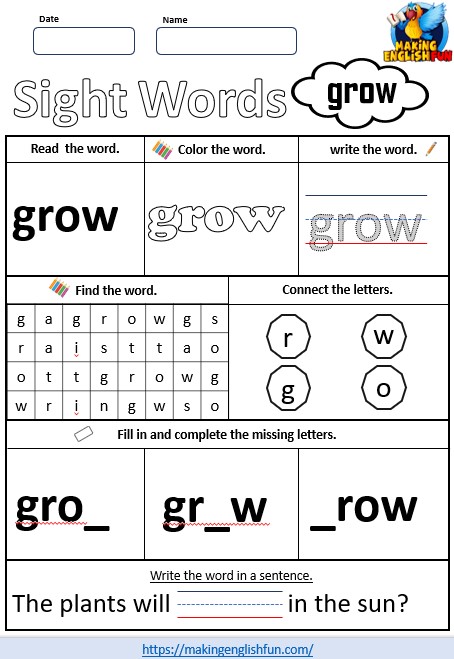What Age Should You Start Teaching Phonics
With Phonics increasingly being a mainstay of reading instruction it can be difficult to judge when is the best time to start phonics instruction with your children. As each year passes there seems to be more and more tips, tricks, advice and strategies to make sure your child has a head start. Phonics is important, I think so too, but with the rush to give our children an advantage are we in fact doing this opposite?
It is possible to teach phonics to children between the ages 4 and 5. However phonics instruction is more reliant on the developmental stage of children. If a child knows of the names and shapes of English letters (alphabetic awareness) they are more likely to be able process the different phonetic sounds.
However it is important to remember that while there is not a set age where children should be able to learn phonics, there are certainly right and wrong ways to introduce it. In many instances it is not how early you start but instead how effective you teach that will determine how successful you are in teaching phonics to your children. We have resources and workbooks to help you both for free and in our shop.

So while there is no straightforward answer for what age children should start learning phonics. Creating a base for developing readers begins with reading to children. Phonics can be taught from the time parents start reading with their children. It may seem counterintuitive, but your child will begin to understand words and sounds from the very beginning. Children listen to songs with rhymes, mimic sounds and words, and learn to emphasize sounds. While this may not scream phonics education to many people, word and sound associations are the beginning of phonological awareness and phonics education.
What Skills Are Needed Before Phonics?
As we have already discussed, phonics is not as effective without phonological awareness. While your young child may not be familiar with letters yet, beginning phonological awareness can start as soon as reading begins. You can begin to emphasize rhyme, rhythm, and alliteration in stories. These skills are essential to phonics. Phonics is essentially a study of sound, so understanding sounds is vital.
These skills can, and mostly are, taught just by being a parent. Speaking, singing, reading with your children reinforces the aspect of language and sound relationships. We have a larger article on how to teach pre reading skills here that covers these skills in more detail. However in summary:
- Instill a love of reading: read with your children often, show your enthusiasm for it.
- Use their oral language during reading. Allow your children to retell a story, or predict what happens next.
- Allow them to control the books, how to hold where to read from etc.
- Sing songs – these introduce rhyming skills and fun into reading.
Why Start with Prereaders?
Why teach phonics before children even learn to read? It can seem counterproductive to begin teaching phonics to children before they begin to read for themselves, but much of phonics involves understanding sounds, rhyme, and relationships.
While your two- or three-year-old may not understand letter sounds yet, he or she can learn to speak and listen for important sounds. Mind Champs notes, “Phonological awareness is learnt through singing, rhyming, and dividing words into individual sounds.”[1]
Teaching phonics does not begin with letter graphemes and their phonological sounds. On the contrary, it begins when children learn to hear and mimic onomatopoeia, rhyme, and alliteration. Children must interact with the sounds of words before being able to interact with the phonics of letter representation.
Phonological awareness is the base for phonetics education. Once children have gained the phonological awareness they need, you can begin teaching them phonics in a formal setting. Parents and teachers can take active roles in teaching phonics to children.
What Phonics to Teach First?

The first step in teaching phonics, and spelling actually, is teaching children the letter names. Without understanding the letter names, children will not be able to connect sounds and graphemes. Parents and teachers can work with children equally to teach letter names.
One of the best places to start may be the child’s own name, as children know the pronunciation of their names and can connect the written letters of their name, as well. They have seen their names written on their cubby in childcare settings, on bookbags, or clothing. This tactic can introduce children to the beginnings of the world of phonics.
As a teacher in Grade 1 I would be happy if my students came in knowing that letters are sounds, and groups of letters can be different sounds, however if that isnt the case I and they are perfectly able to tach and learn this together. I sart with single sounds, move on to putting two together as a minimual pair (at, it, ot, ut, et) and then seeing if we can jump to CVC words.
If this doesn’t work or is two advanced I go back to individual sounds and work from there. One commonly used order of phonics, and the one we use in our online games, is the SATIPN order. Jolly Phonics use this as well. It give the children and students a set of sounds that enables them to make words very early on and therefore gives purpose to their learning as well.
The most important thing to do, however, is to teach phonics holistically. Begin with natural reading to your child or students. Focus on wordplay. As the child gets older, introduce letter shapes and sounds followed by sight words and exceptions to rules.

Keep Teaching Past the Basic Phonics Rules
Often, phonics instruction is limited when it should be expanded. Classrooms often skip phonological awareness and strictly teach phonics as the phonemes and graphemes and their association. However, the best programs not only start with phonological awareness, but they also continue with phonics beyond phonemes and graphemes. Developing an understanding of sight words, word patterns, and exceptions should also be of the highest priority.
What Age Should You Not Teach Phonics?

Despite the article above there is a case to be made with slowing down formal instruction and embracing a whole language approach during early years before drilling down into phonics instruction. I would agree, to an extent with this, I never advocate teaching phonics in isolation or for extended periods of time.
Little, often and varied offers a much better approach. Decoding and phonics skills require a pretty high level of cognitive ability that just may not be present yet in younger learners. There should be a recognition that it may work for some students and not for others and the one size fits all approach that Education departments first tell us is wrong and then imposes on schools and teachers is outdated at best.
This shows that educators trying to do too much at an early stage can have the opposite effect of what they’re aiming for.
Jan Dubiel
That’s why, right at the beginning of this article, we mentioned that phonics should really not have a use by date at all but in fact should be a progressions from pre reading and print skills that need to come before it. You can read about those pre reading skills here
Final Thoughts
Phonics instruction begins with phonological awareness. This instruction can begin when you begin reading and interacting with children and words. Singing, rhyming, and alliteration build a strong foundation for phonics.
Phonics then extends into preschool and early elementary school, but it does not end there. Phonics skills can be utilized far beyond early reading. There is no magic age to begin teaching phonics, but you should begin fostering phonological awareness as early but at an appropriate time as possible.
- [1] Best Time for Phonics – Mind Champs
- Reception Year isn’t all about learning to read – Schools Week
- What Age should my Children learn Phonics – Right Track Reading

Hi I’m Marc. A teacher of over 15 years, English, General Studies and Outdoor Education. Thought it was about time to sharing both what I have learnt during that time and the resources I have put together. On this site we aim to teach the theory and share our thoughts, but also go that one step further and give you access to the hard resources you need for your class or for you children








4 Comments